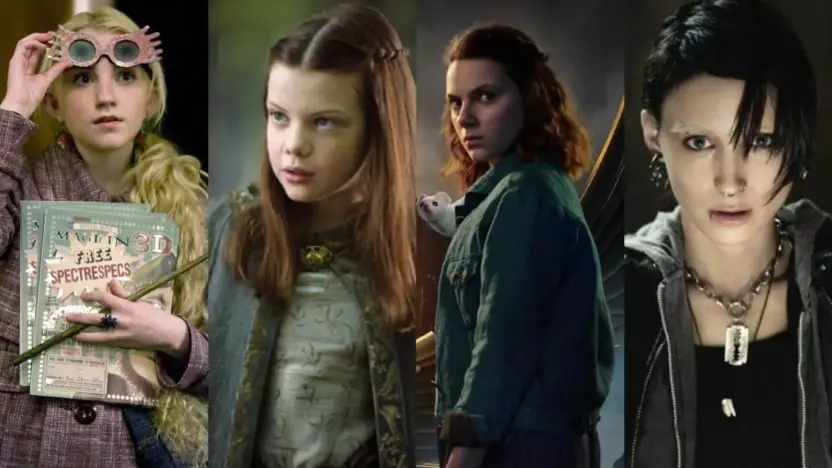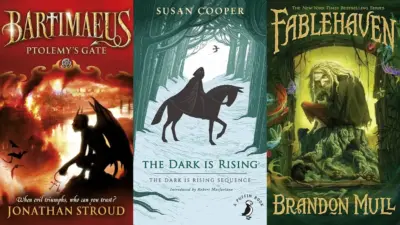In the vast world of literature, certain characters leap off the page and etch themselves into the fabric of our imaginations. They become more than mere figments of the author’s creativity, evolving into timeless figures whose stories and personalities continue to resonate with readers across generations. This blog explores 10 Memorable characters from Books Whose Names Begin with ‘L’, showcasing the diverse tapestry of personas that have captivated readers worldwide.
10 Memorable characters from Books Whose Names Begin with ‘L’
Lisbeth Salander from “The Girl with the Dragon Tattoo”

In Stieg Larsson’s Millennium series, an enigmatic and fiercely independent hacker emerges as an indispensable ally to journalist Mikael Blomkvist. This character, Lisbeth Salander, captivates readers with her distinctive appearance and unparalleled intellect. Navigating a world rife with societal injustices, especially those against women, Lisbeth employs her hacking skills to unearth the truth and seek vengeance for those wronged.
Her complex character arc, marked by a tumultuous past and a relentless pursuit of her own form of justice, establishes her as one of the most intriguing figures in contemporary literature. Lisbeth’s resilience, resourcefulness, and vulnerability illustrate a deeply layered individual who challenges conventional norms and defies expectations at every turn.
Long John Silver from “Treasure Island”

Robert Louis Stevenson’s “Treasure Island” gives us Long John Silver, the quintessential pirate character whose name has become synonymous with treachery and the romanticized pirate ethos. Silver’s charismatic leadership, cunning intelligence, and morally ambiguous nature make him a fascinating study of duality.
He navigates the treacherous waters of loyalty and deceit with a charm that endears him to readers, despite his villainous actions. Silver’s complex relationship with Jim Hawkins serves as the book’s emotional core, highlighting themes of betrayal, bravery, and the quest for redemption.
Lyra Belacqua from “His Dark Materials”

The brave young Lyra Belacqua, or Lyra Silvertongue as she is later known is protagonist of Philip Pullman’s “His Dark Materials” series. Her curiosity and fierce determination drive her through a series of perilous adventures across parallel universes.
Lyra’s journey is not just a physical one but also a profound exploration of adolescence, morality, and the search for identity. Her ability to read the alethiometer, a truth-telling device, symbolizes her intuitive nature and sets her apart as a beacon of hope and change in a world fraught with danger and deceit.
Lennie Small from “Of Mice and Men”

John Steinbeck’s “Of Mice and Men” introduces readers to Lennie Small, a gentle giant with a child’s mind, whose simple dream of owning a farm with his friend George becomes a tragic narrative of friendship, dreams, and loss.
Lennie’s innocence and dependence on George highlight the themes of vulnerability and the harsh realities of the American Dream during the Great Depression. His character serves as a poignant reminder of society’s treatment of those who are different, making Lennie an unforgettable figure in American literature.
Luna Lovegood from “Harry Potter”
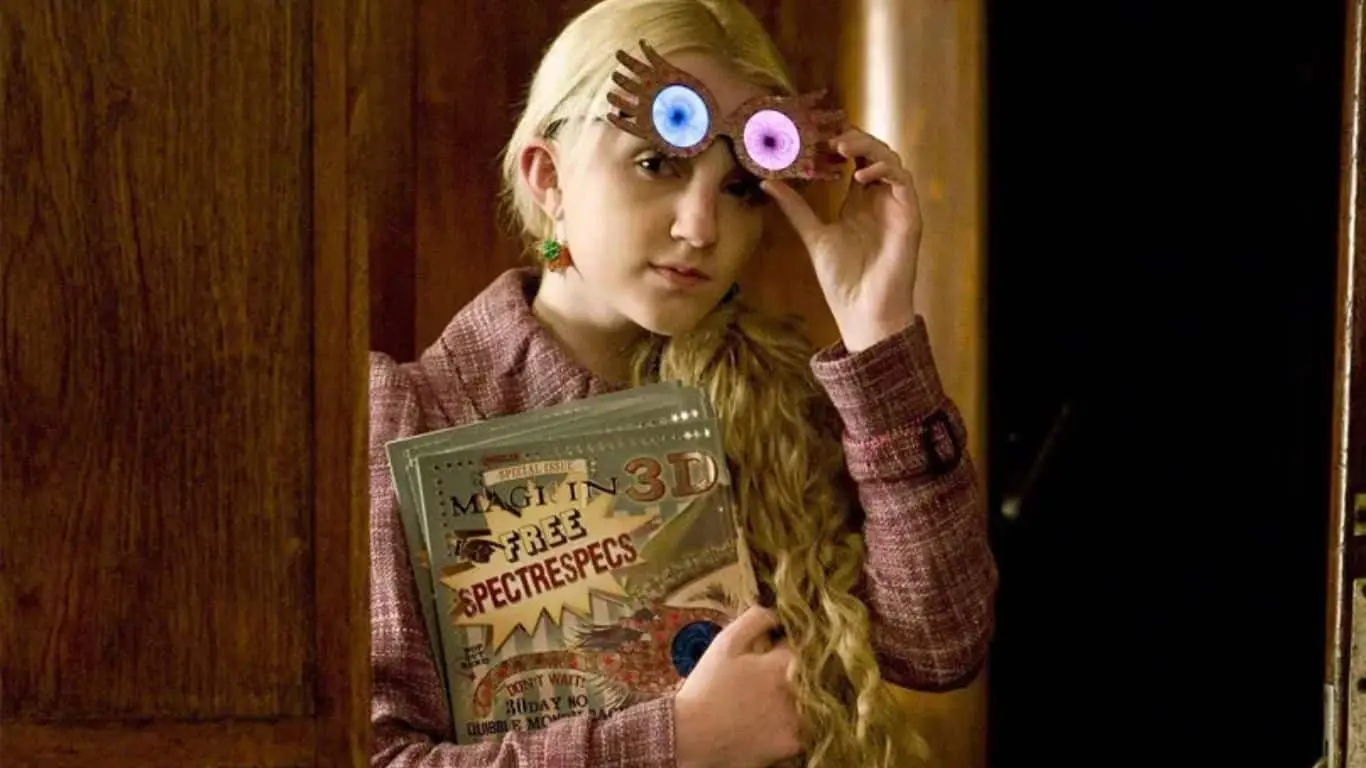
In the magical world of J.K. Rowling’s “Harry Potter” series, Luna Lovegood stands out with her ethereal presence and unapologetic uniqueness. Known for her dreamy demeanor and belief in the implausible, Luna brings a refreshing perspective to Hogwarts, challenging her peers to see beyond the surface. Her unwavering kindness, loyalty, and bravery prove invaluable to Harry and his friends, especially in their darkest times.
Luna’s character embodies the idea that being true to oneself is a form of magic all its own, making her a beloved figure among fans for her wisdom hidden beneath an eccentric exterior. Her ability to remain unfazed by others’ opinions and to find beauty in what many consider odd or frightening makes Luna Lovegood a symbol of acceptance and the power of seeing the world differently.
Lucie Manette from “A Tale of Two Cities”
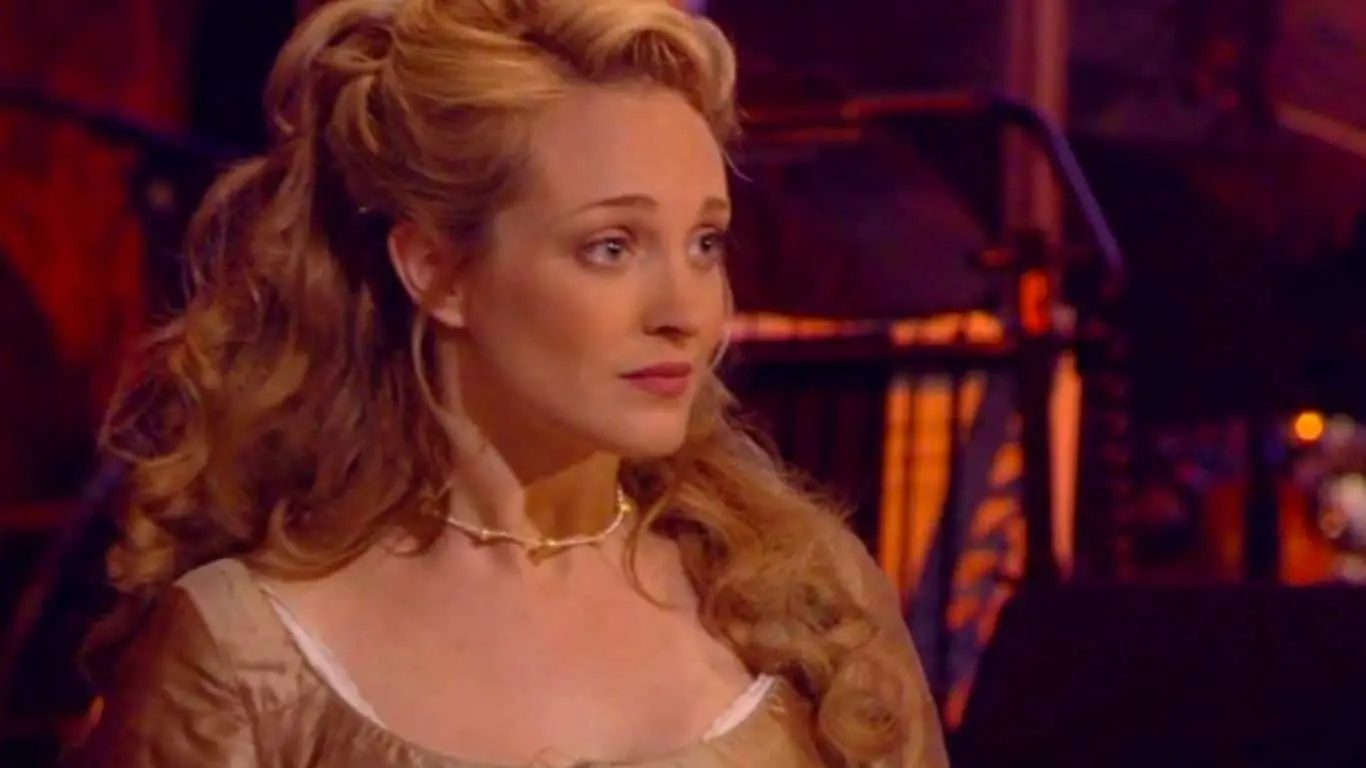
Charles Dickens’ “A Tale of Two Cities” features Lucie Manette, a symbol of compassion and resilience. Her reunion with her long-imprisoned father and her unwavering support for her loved ones against the backdrop of the French Revolution encapsulate the themes of resurrection and sacrifice.
Lucie’s emotional strength and her role as a catalyst for change in the lives of those around her, especially Sydney Carton, highlight her significance as a beacon of hope and love in a time of turmoil and despair.
Lord Voldemort from “Harry Potter”
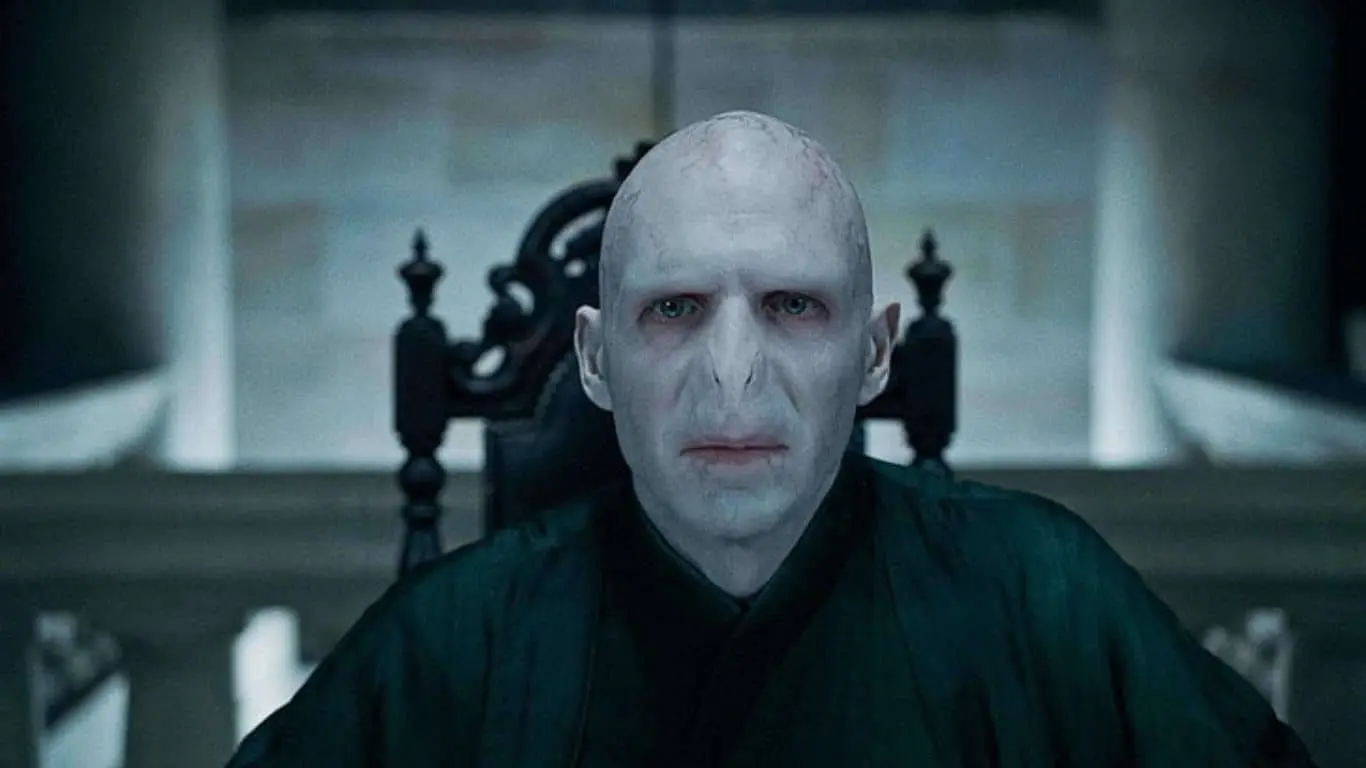
Born Tom Marvolo Riddle, Lord Voldemort is the embodiment of evil in J.K. Rowling’s “Harry Potter” series. His quest for immortality and pure-blood supremacy sets him apart as one of literature’s most formidable antagonists.
Voldemort’s fear of death and his denial of his own humanity drive him to commit unspeakable acts, positioning him as the arch-nemesis of Harry Potter. His complex character study explores themes of power, fear, and the choices that shape our identities, making him a memorable and chilling presence in the wizarding world.
Lestat de Lioncourt from “The Vampire Chronicles”
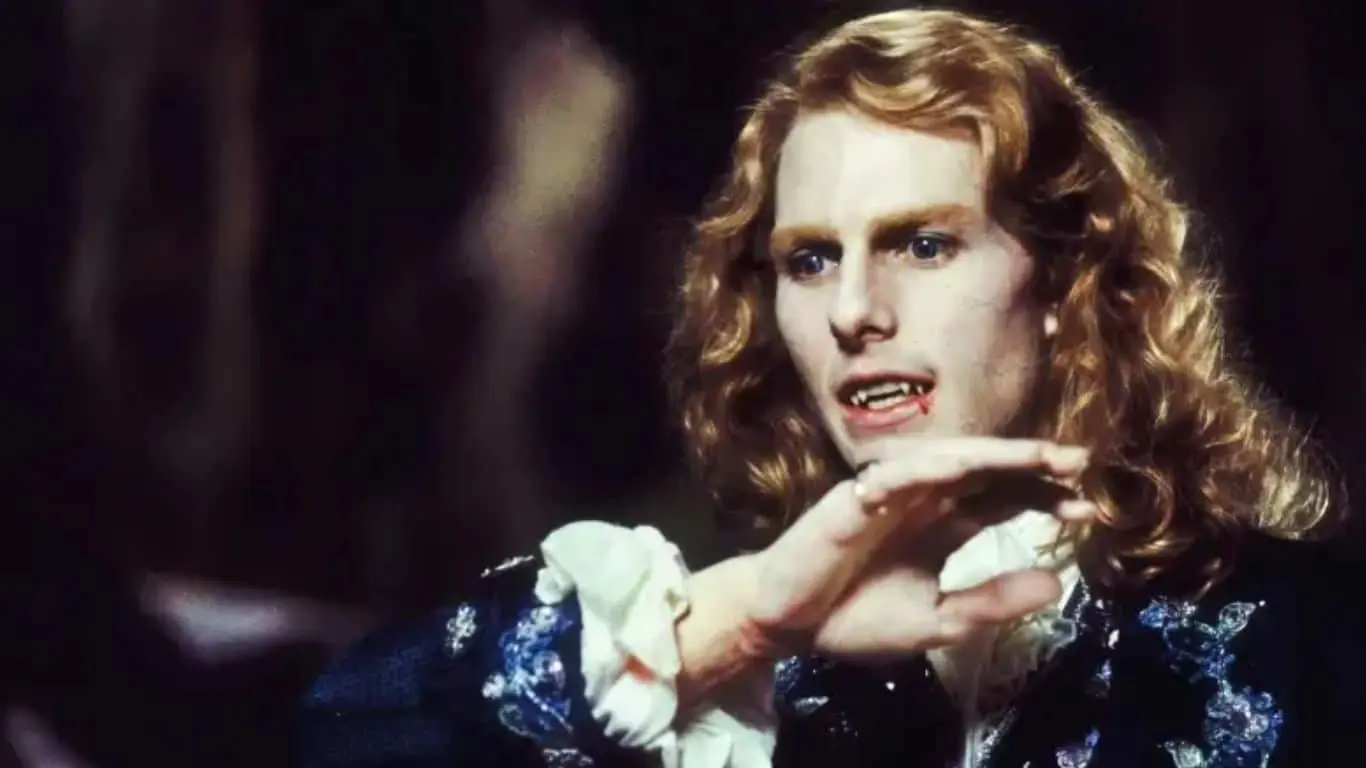
Anne Rice’s Lestat de Lioncourt is a charismatic and rebellious vampire whose adventures span centuries in “The Vampire Chronicles.” Lestat’s evolution from a mortal nobleman to a powerful vampire antihero is marked by his constant questioning of the moral and existential dilemmas of immortality.
His flamboyant personality, love for humanity, and disdain for the traditional vampire ethos make him a compelling figure who challenges the boundaries between hero and villain, life and death.
Laura Wingfield from “The Glass Menagerie”
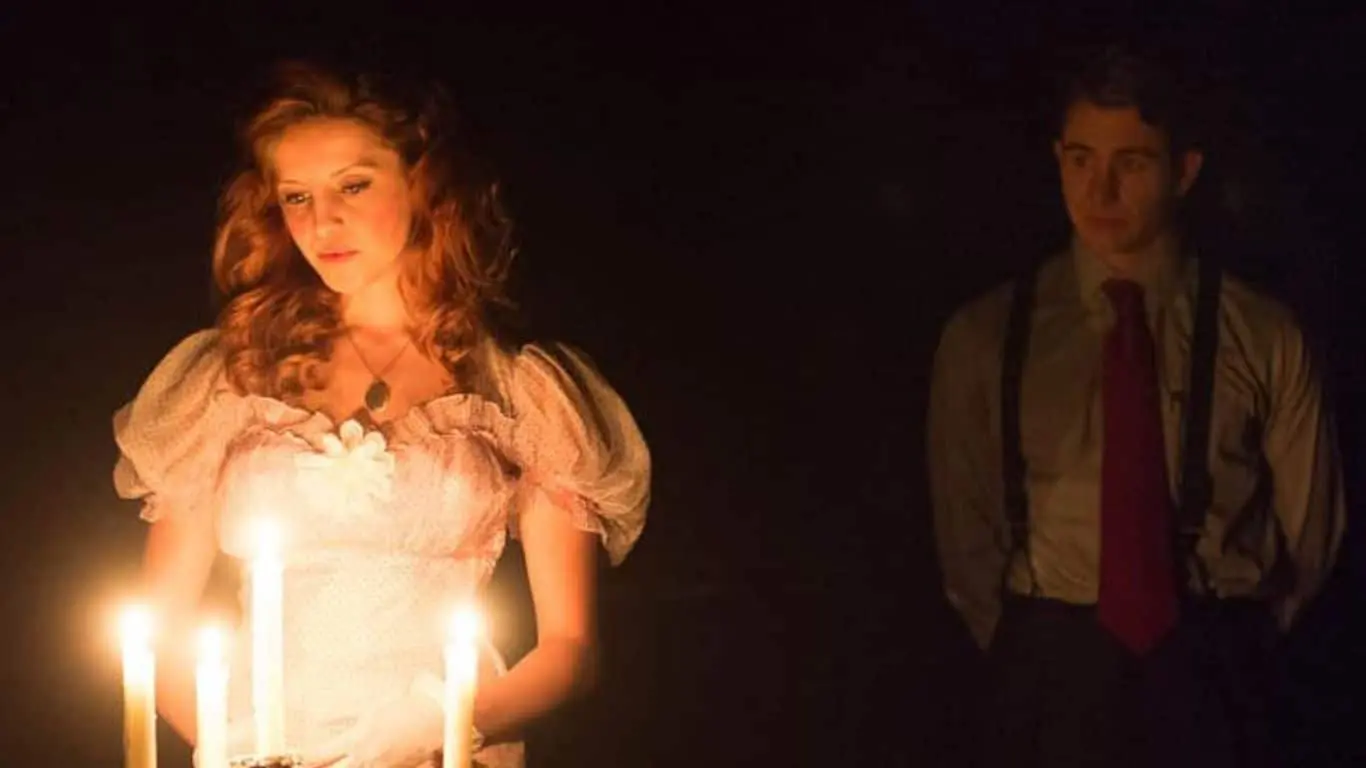
In Tennessee Williams’ “The Glass Menagerie,” Laura Wingfield is the fragile and withdrawn daughter whose collection of glass animals symbolizes her own delicate, interior world. Laura’s struggles with her physical and emotional limitations reflect the broader themes of escape, memory, and the crushing weight of unfulfilled dreams.
Her poignant story, set against the backdrop of her family’s disintegration, leaves an indelible mark on the audience, highlighting the play’s exploration of illusion versus reality.
Lucy Pevensie from “The Chronicles of Narnia”
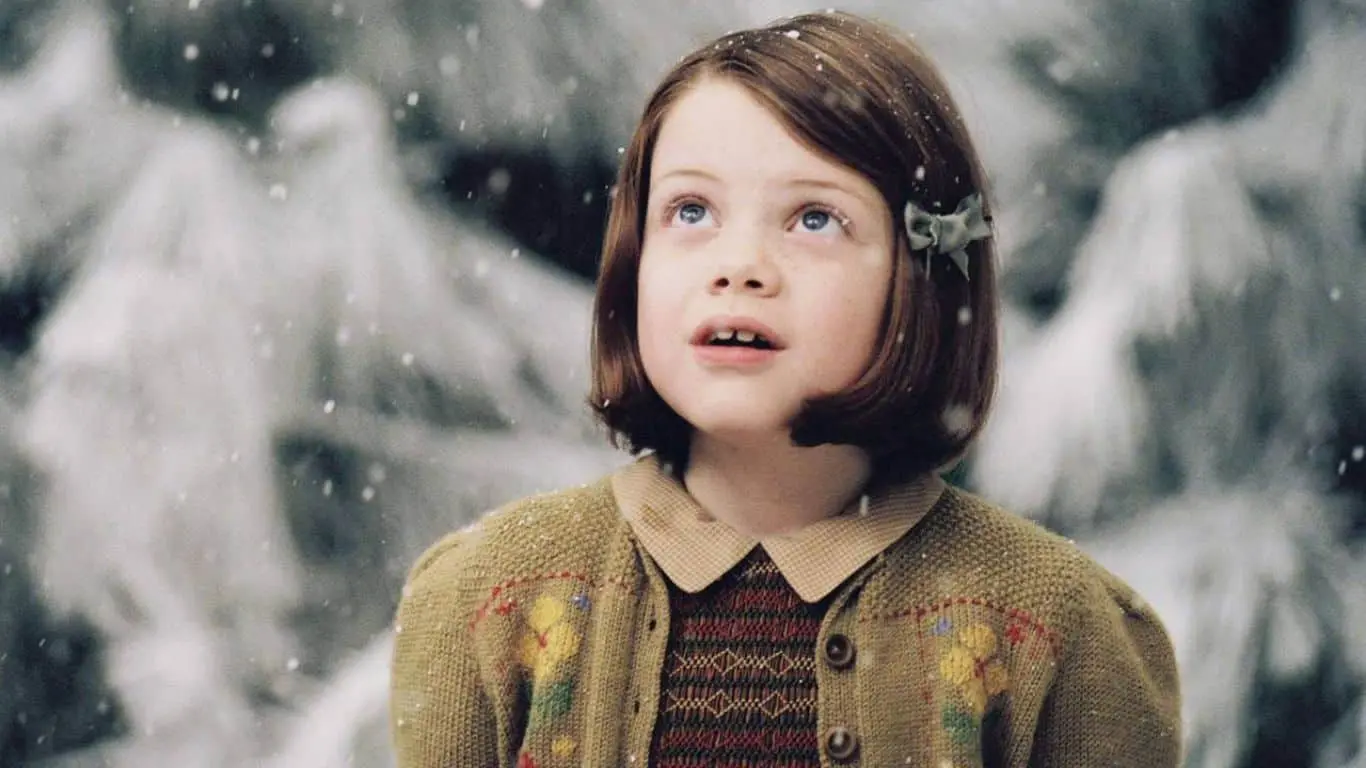
Lucy Pevensie, the youngest of the Pevensie siblings, is the heart and soul of C.S. Lewis’s “The Chronicles of Narnia.” With her innocent and trusting nature, Lucy first stumbles upon the magical world of Narnia through the wardrobe, setting the stage for the epic adventures that follow. Her unwavering faith in Aslan and her inherent kindness play pivotal roles in the battle against evil across Narnia.
Lucy’s character embodies the purity of childhood wonder and the courage to stand up for what is right, even in the face of skepticism from others. Her journey through Narnia, from a curious child to a revered queen, illustrates the power of faith and the importance of maintaining one’s integrity.
Also Read: 10 Memorable characters from Books Whose Names Begin with ‘K’
